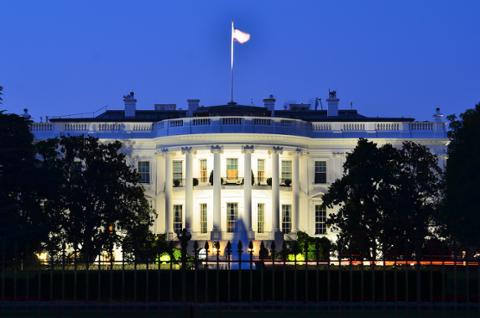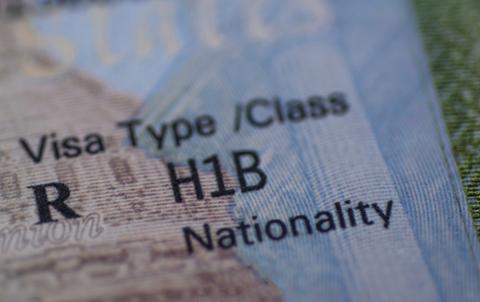Enterprise software companies generally employ thousands of software developers and engineers to tackle massive projects. Many of them are also known for employing lots of H-1B workers. With that in mind, how much do H-1B software engineers and developers make at the largest of these firms?
In order to break down what H-1B software engineers and developers make at a selection of enterprise-centric software companies, we turned to the H-1B Salary Database, which indexes the Labor Condition Application (LCA) disclosure data from the United States Department of Labor (DOL). In the case of Oracle and IBM, we focused on ‘software developer’ as a search term; for Salesforce and Microsoft, the database didn’t seem to contain any jobs for ‘software developer,’ although they offered up many hits for ‘software engineer’; in those cases, we used ‘engineer’ in place of ‘developer,’ assuming the jobs are largely synonymous in this context. Here are the results:
What can we conclude? At first glance, it seems that the country’s largest enterprise-software firms pay their H-1B engineers and developers quite a bit (it’s higher than the “average” technologist salary of $94,000, as reported by Dice’s 2020 Tech Salary Report). But as with so many things related to tech, compensation, and immigration, there are a lot of layers here.
As anyone who follows the H-1B saga knows, many tech firms subcontract H-1B workers of all specializations. Those business-services and subcontracting firms, in turn, pay their H-1B workers a lower median salary than you find at the big tech firms. For example, at Accenture, the median H-1B salary of $96,366; at Tata, it’s $68,000; at Capgemini, it’s $89,918.
In light of that, many H-1B workers at enterprise software companies could take an annual salary far below the averages generated by the H-1B Salary Database, depending on whether they’re subcontractors. But some recent moves by the Trump administration may fundamentally impact how those subcontractors do business, which may affect how and when big tech firms choose to source H-1B workers.
The biggest impact comes from Trump’s June order temporarily banning H-1Bs. If and when that’s lifted, though, there are other policy moves that will have a huge impact on subcontractors. For instance, U.S. Citizenship and Immigration Services (USCIS) announced in July that it would adjust fees for visas, including the H-1B. With fees for H-1B renewals hitting $4,000, things could get expensive for subcontracting and business-services firms that source lots and lots of H-1B workers.
Combine that with a skyrocketing rate of application and renewal denials over the past few years (again, with subcontractors and business-services firms taking the brunt of it), and it’s clear that the next few years could see a pretty significant shift in H-1B usage. The degree of those changes will hinge on the results of the Presidential election, of course, as well as the outcome of a few lawsuits currently working their way through the court system.



